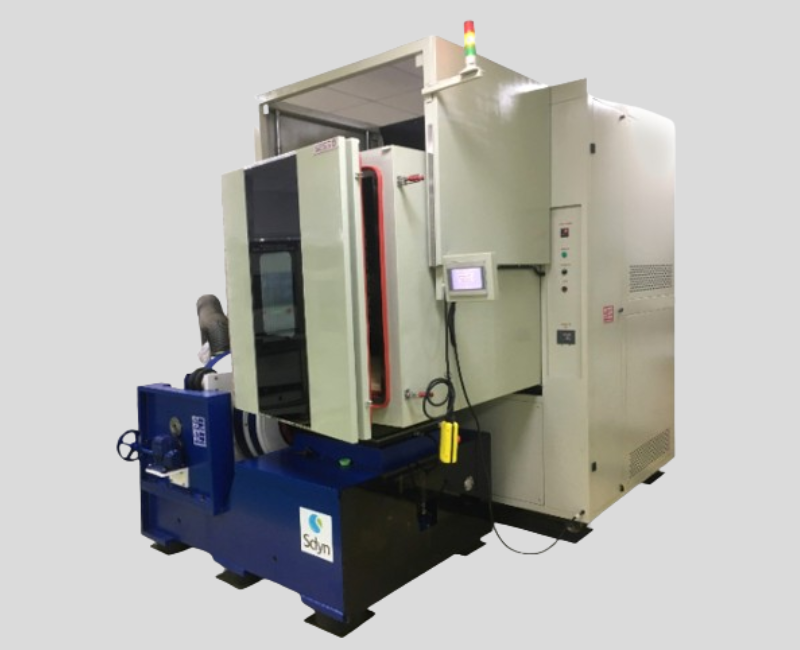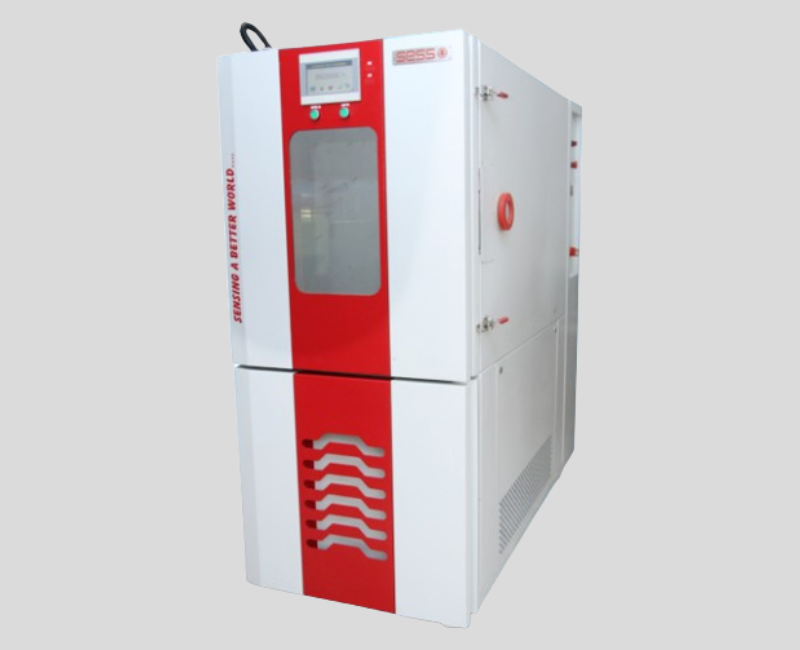
A rain test chamber, also known as a rain simulation chamber or rain test facility, is used to simulate and test the effects of rainfall on products or materials. These chambers are essential for evaluating how well items like vehicles, electronic devices, building materials, and outdoor equipment withstand exposure to rain.
Controlled Environment: The chamber allows for the precise control of temperature, humidity, and water flow to simulate different types of rain conditions.
Water Spray Systems: It typically includes systems for spraying water to mimic different intensities of rain, ranging from light drizzles to heavy downpours.
Testing Configurations: Products or materials are placed inside the chamber to assess their performance under simulated rain conditions. For example, vehicles might be tested for water resistance and leaks, while electronic devices are evaluated for durability.
Data Collection: Sensors and monitoring equipment inside the chamber gather data on how the product reacts to the simulated rain, providing insights into its water resistance and overall durability.
Water Spray System: This includes high-pressure nozzles or sprinklers to generate various intensities of rain, from light drizzles to heavy downpours. The system can often be adjusted to create different patterns and distributions of water.
Humidity Control: It often includes humidity control to simulate different levels of moisture in the air, which can affect the performance and durability of the tested items.
Sample Mounting and Positioning: The chamber typically has adjustable fixtures or mounting systems to position and hold samples or products at various angles and heights. This helps simulate real-world conditions more accurately.
Control Panel: A user-friendly control panel or interface allows operators to set and adjust parameters such as water flow rates, temperature, and test duration.
Temperature Control: The chamber is equipped with heating and cooling systems to maintain specific temperatures, which allows for testing under different weather conditions, such as cold rain or hot summer showers.
Drainage System: A well-designed drainage system is crucial for collecting and removing water from the chamber to prevent flooding and maintain a controlled testing environment.
Monitoring and Measurement Equipment: Sensors and cameras inside the chamber monitor and record data such as leakage, water ingress, and overall performance. This can include temperature sensors, humidity sensors, and video cameras.
Test Documentation and Analysis: The chamber often includes systems for documenting test conditions and results, which can be used for detailed analysis and reporting.
Standards / Performace
Conform to JS9000, JSS55555, JIS D 0203, S 12063, I EC 60529 (IP) , DIN 40050 IP 1 TO 9k & I SO 120653 I P 1 TO 9k
I s 9000 / Jss 55555
Rain spray nozzles as per IS9000 I JSS 55555. Total 8 nozzles, four nozzles at the top four corners inclined at 45 degree and 4 nozzles in the center of each four sides . Pressure Gauges for each nozzle. Rotameter to monitor rate, Rotating Table.
Is 12063 / IEC 605239 (IP)
Oscillating pipe formed in to a semi-circle with nozzles as per IP. Rotating Table with T slots.
JISD0203
Rotating nozzle a nd Rotating table as per JIS D 0203 Drip Test, Jet Test & Immersion Test as per IEC 60529(IP) IP 4K/6K/9K also available on request

Lorem Ipsum is simply dummy text of the printing and typesetting industry. Lorem Ipsum has been the industry's standard dummy text ever since.

Lorem Ipsum is simply dummy text of the printing and typesetting industry. Lorem Ipsum has been the industry's standard dummy text ever since.

Lorem Ipsum is simply dummy text of the printing and typesetting industry. Lorem Ipsum has been the industry's standard dummy text ever since.

Learn more

Learn more

Learn more